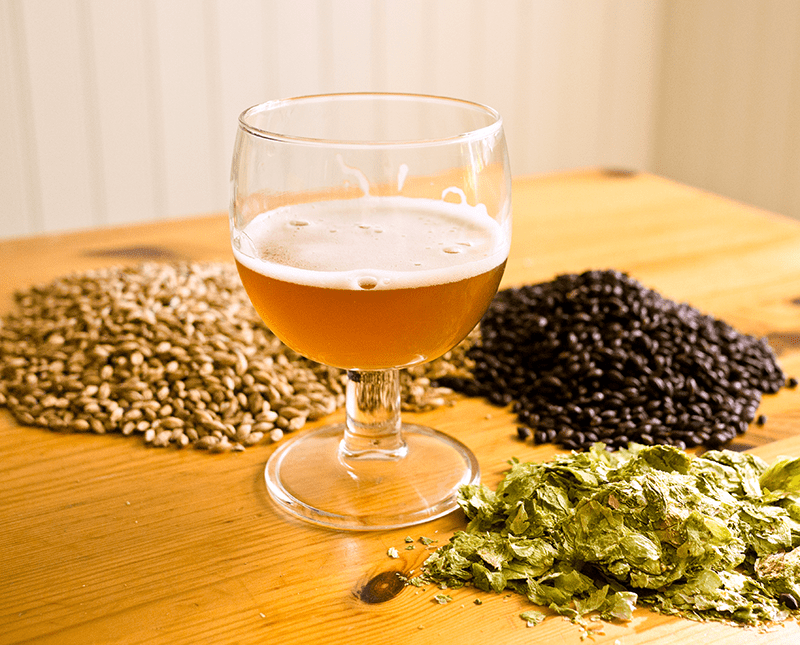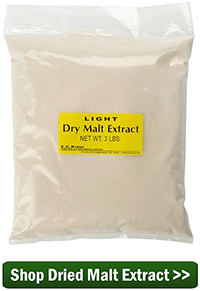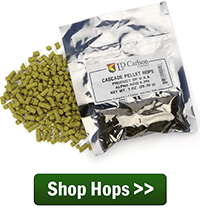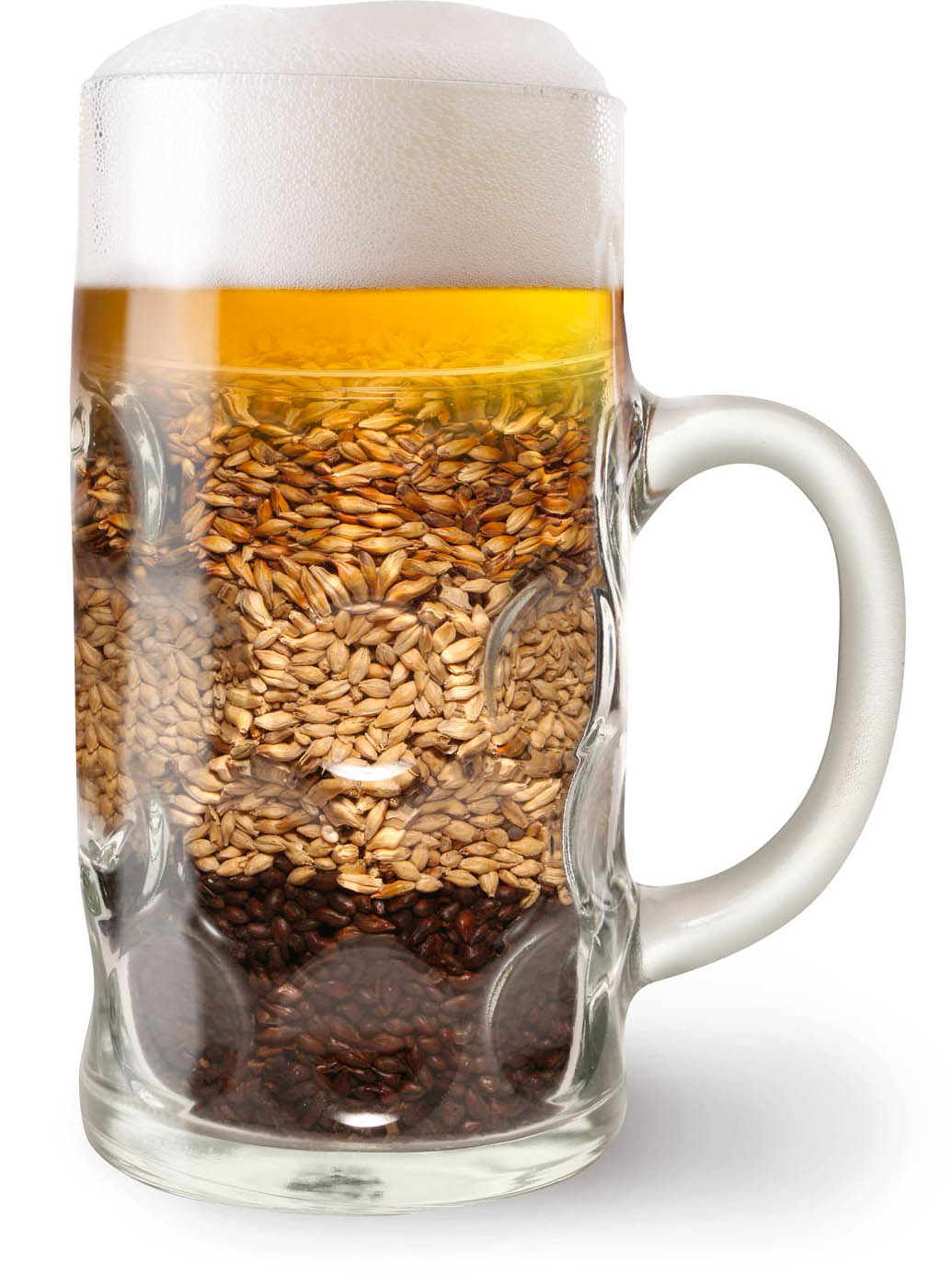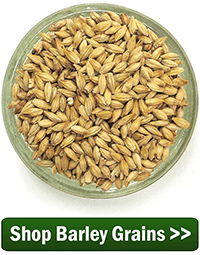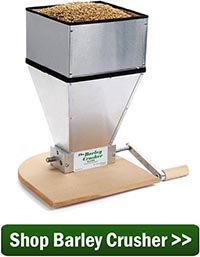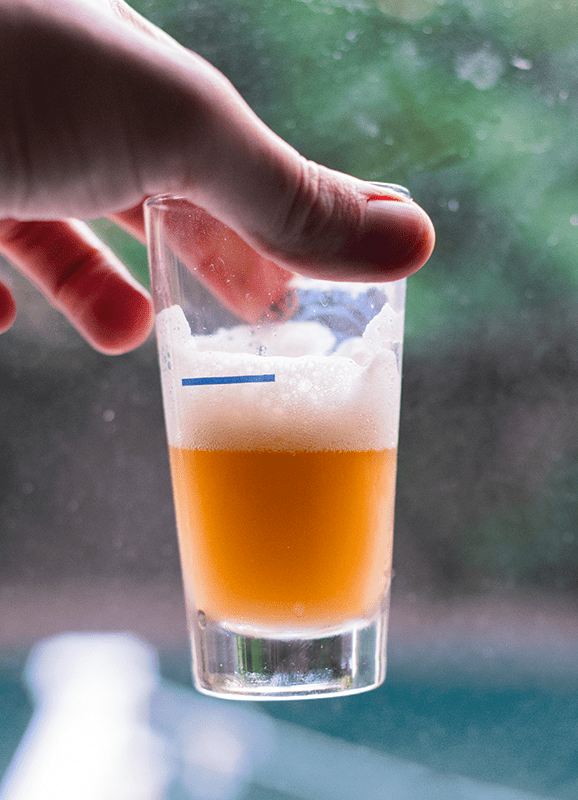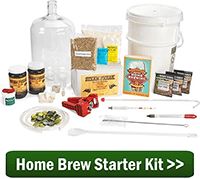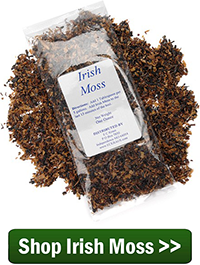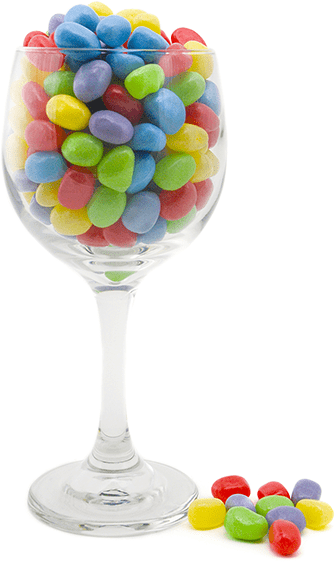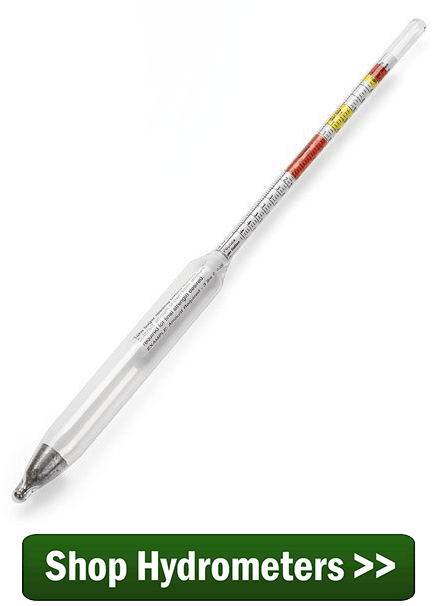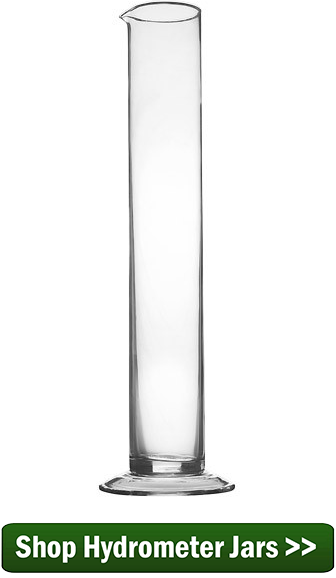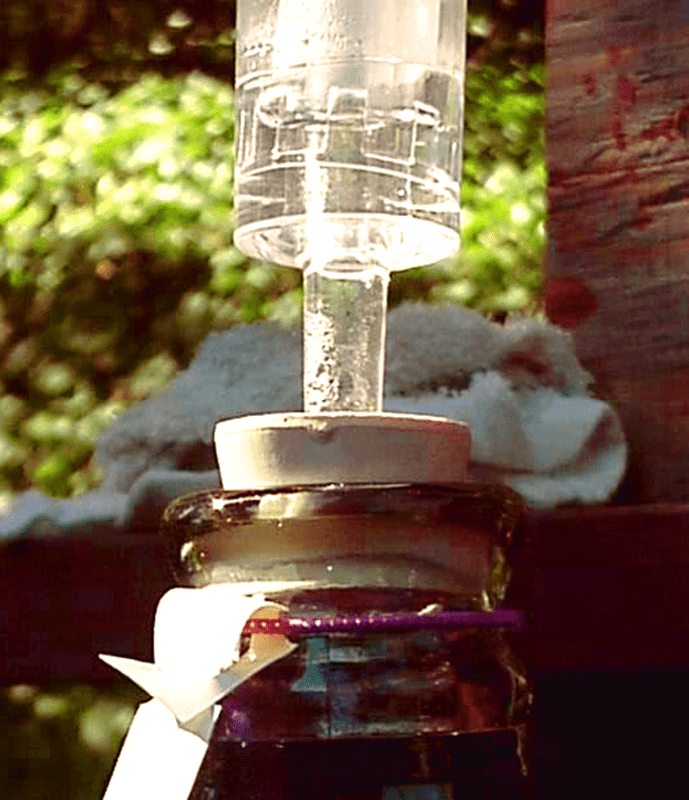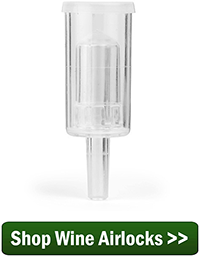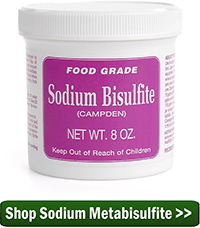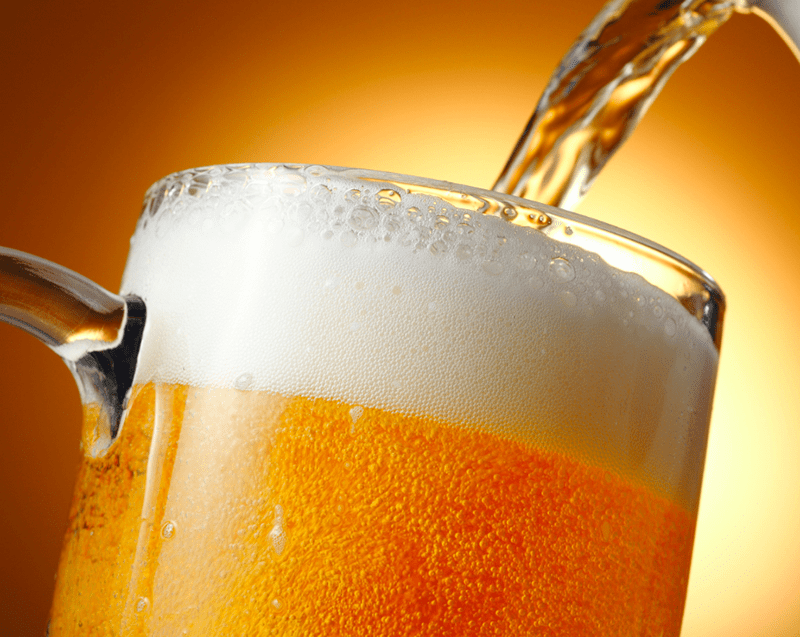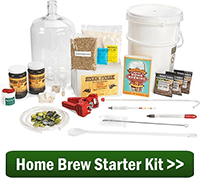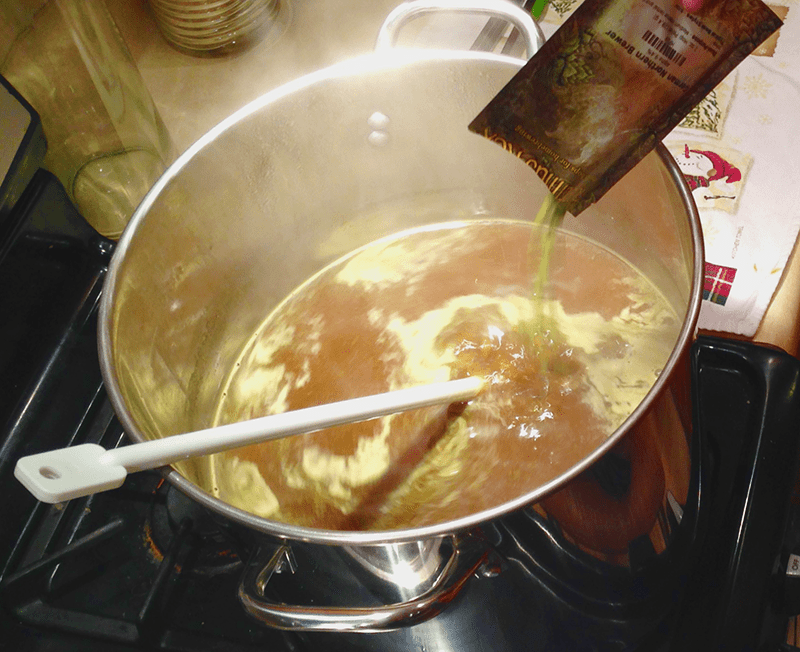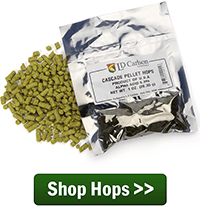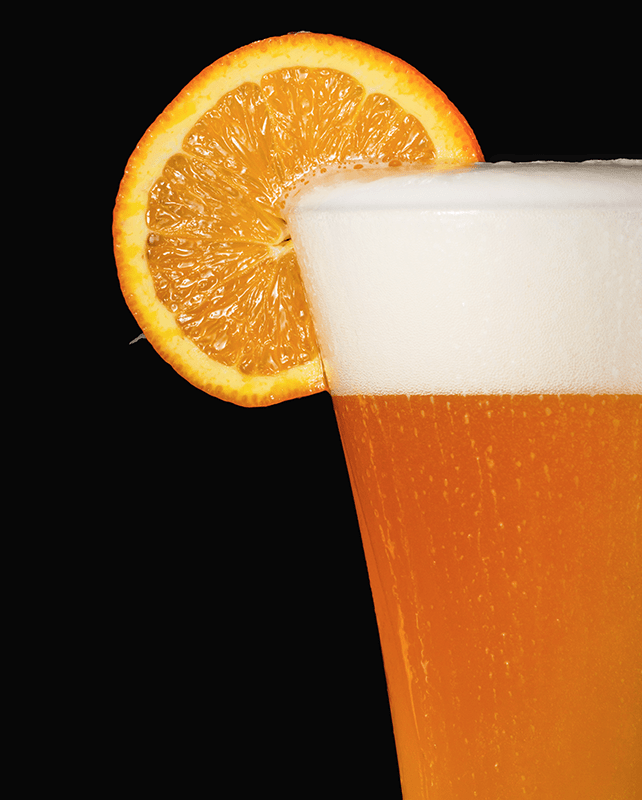 Many craft beer fans entered the world of better beer through Blue Moon. It’s an very smooth and citrusy representation of the Belgian Witbier style: pale yellow in color, somewhat hazy from the use of wheat and oats, and with prominent citrus aroma and flavor from orange peel and coriander.
Many craft beer fans entered the world of better beer through Blue Moon. It’s an very smooth and citrusy representation of the Belgian Witbier style: pale yellow in color, somewhat hazy from the use of wheat and oats, and with prominent citrus aroma and flavor from orange peel and coriander.
One of the big differences between traditional witbier and Blue Moon is that the latter uses an American ale yeast rather than a Belgian strain. If you want a more traditional interpretation, substitute Wyeast 3942 for the strain listed in the blue moon recipe below. Keep on the low end of the fermentation temperature range to avoid excessive phenolics.
When serving, remember that Belgian wits are supposed to be hazy – try giving that bottle a swirl before you pour it to enhance the haze.
Ready to brew? Then check out these two Blue Moon clone recipes. One of the beer recipes is for homebrewing a Blue Moon using extract in a partial mash. The other is a Blue Moon clone recipe for all-grain homebrewing.
Blue Moon Recipe (Clone)
(Partial Mash Beer Recipe, 5-Gallon Batch)
Specs
OG: 1.055
FG: 1.014
IBUs: 9
ABV: 5.4%
SRM: 5
Ingredients
6.6 lbs. Wheat LME
1 lb. Two-Row Brewers Malt
1 lb. White Wheat Malt
.75 lb. Flaked Oats
1 oz. Hallertau hops (3.9 AAUs) @ :60
3 oz. Valencia dried sweet orange peel @ :10
1.5 tsp. fresh ground coriander @ :10
Wyeast 1056: American Ale Yeast
5 oz. corn sugar for priming
Directions: Prepare a 2L yeast starter. Mash the two-row malt, wheat malt, and flaked oats in 5 quarts of water. Hold temperature at 154°F. for 60 minutes. Strain the wort into the brew kettle, then rinse grains with 1 gallon of water at 170°F., collecting run-off in the brew kettle. Mix in liquid malt extract and add clean water to bring boil volume to 3.5 gallons. Bring to a boil, add hops, and boil for 60 minutes. Add the orange peel and coriander in the last 10 minutes of the boil. Chill wort, top off to 5 gallons, and stir to mix and aerate. Pitch yeast and ferment at 65F for one week, then transfer to secondary for two weeks. Bottle with priming sugar and condition for two weeks. Optional: serve with a slice of orange.
Blue Moon Recipe (Clone)
(All-Grain Beer Recipe, 6-Gallon Batch)
Specs
OG: 1.055
FG: 1.014
IBUs: 9
ABV: 5.4%
SRM: 5
Ingredients
5.5 lb. Two-Row Brewers Malt
4.5 lb. White Wheat Malt
1 lb. Flaked Oats
0.6 oz. Hallertau hops (2.4 AAUs) @ :60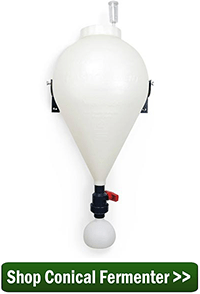
3 oz. Valencia (sweet) orange peel @ :10
1.5 tsp. fresh ground coriander @ :10
Wyeast 1056: American Ale Yeast
5 oz. corn sugar for priming
Directions: Prepare a 2L yeast starter. Single infusion mash at 154°F., using 1.5 qts water per pound of grain. Sparge to collect 7.5 gallons of wort. Add hops at beginning of 60-minute boil. Add orange peel and coriander in last 10 minutes of boil. Chill wort, pitch yeast starter, and ferment at 65°F. for one week, then transfer to secondary for two weeks. Bottle with priming sugar and condition for two weeks. Optional: serve with a slice of orange.
Have you ever brewed a Blue Moon clone recipe? How did it go? Share in the comments below!
—–
David Ackley is a beer writer, brewer, and self-described “craft beer crusader.” He holds a General Certificate in Brewing from the Institute of Brewing and Distilling and is founder and editor of the Local Beer Blog.

